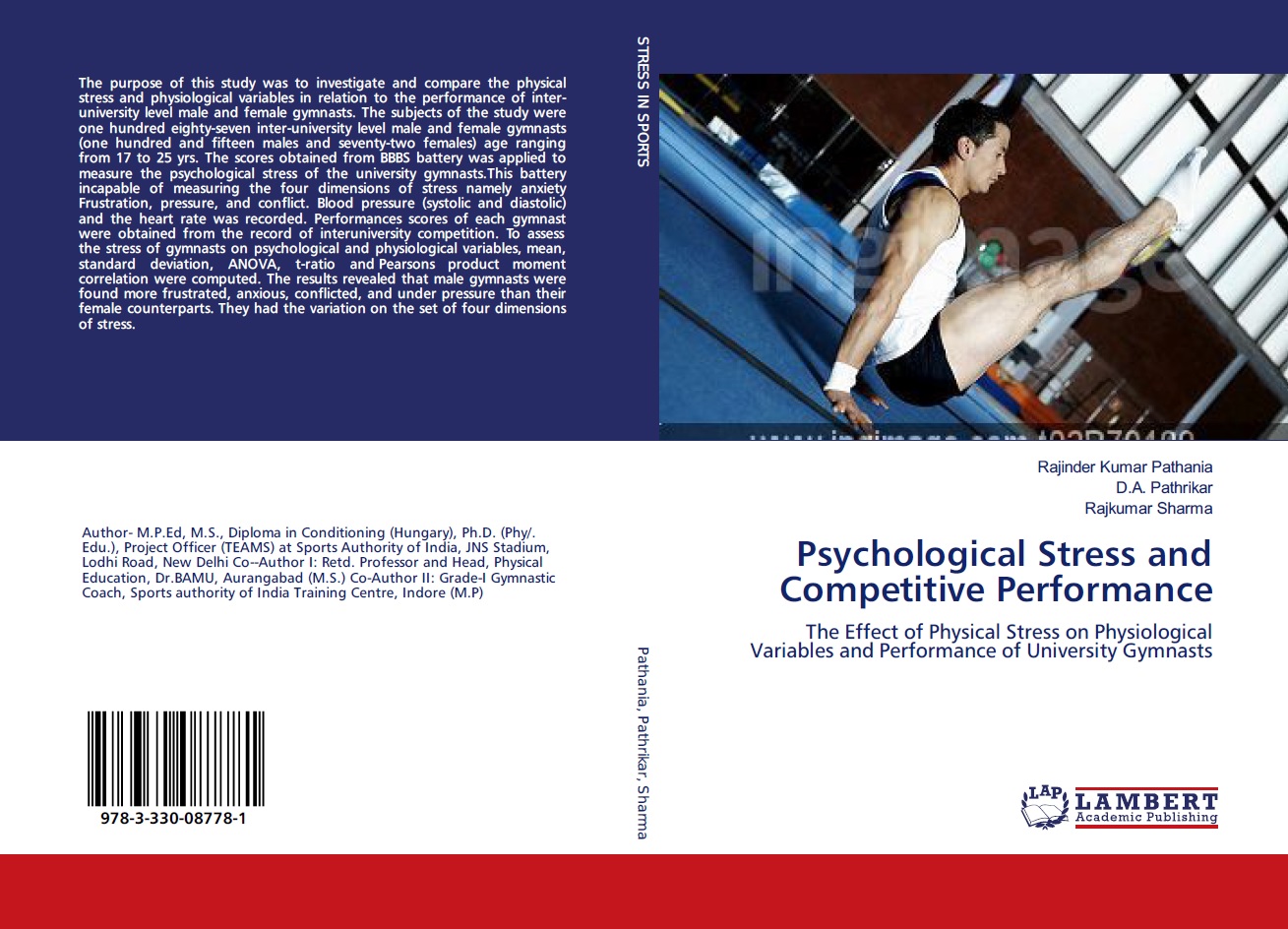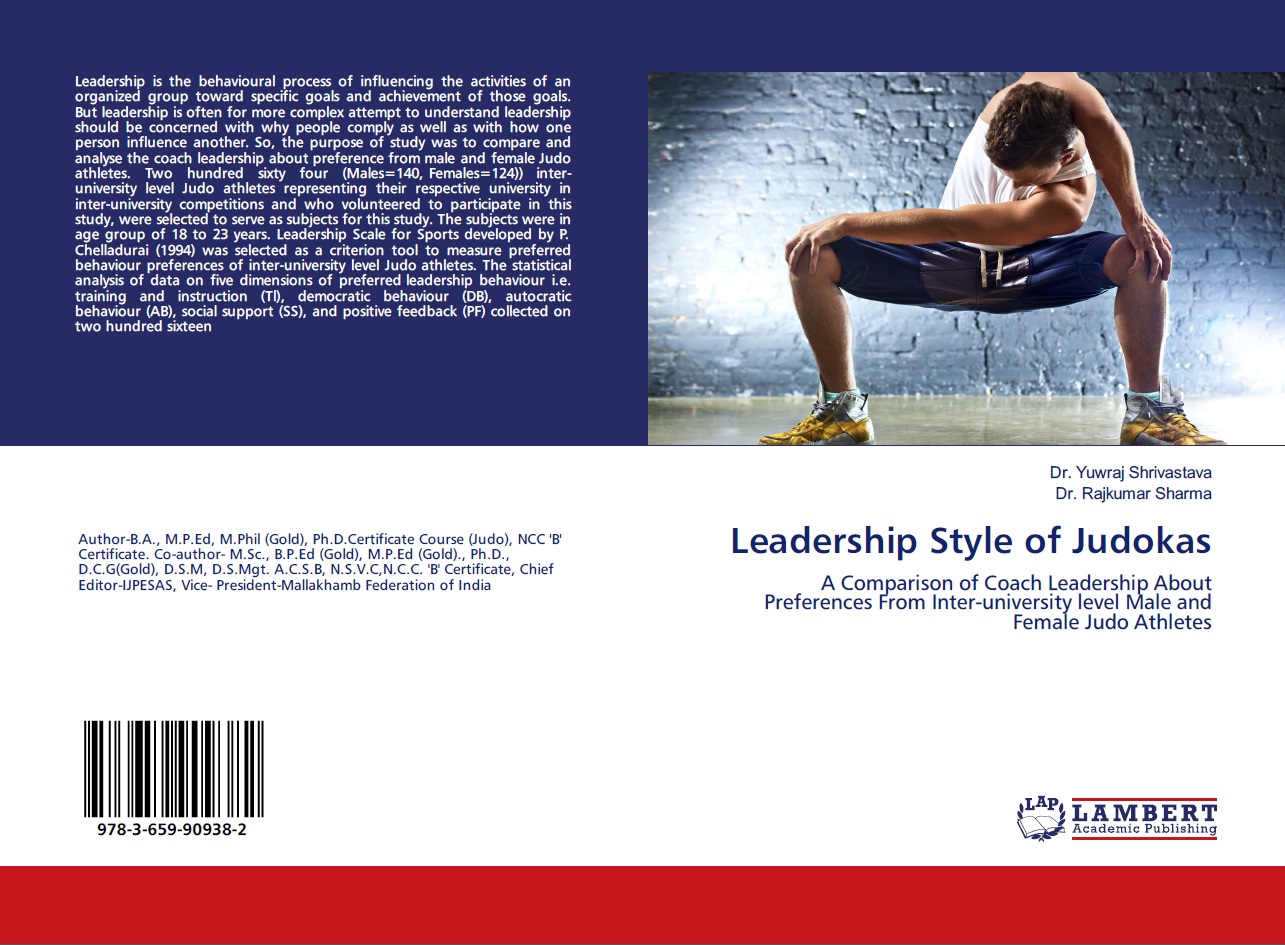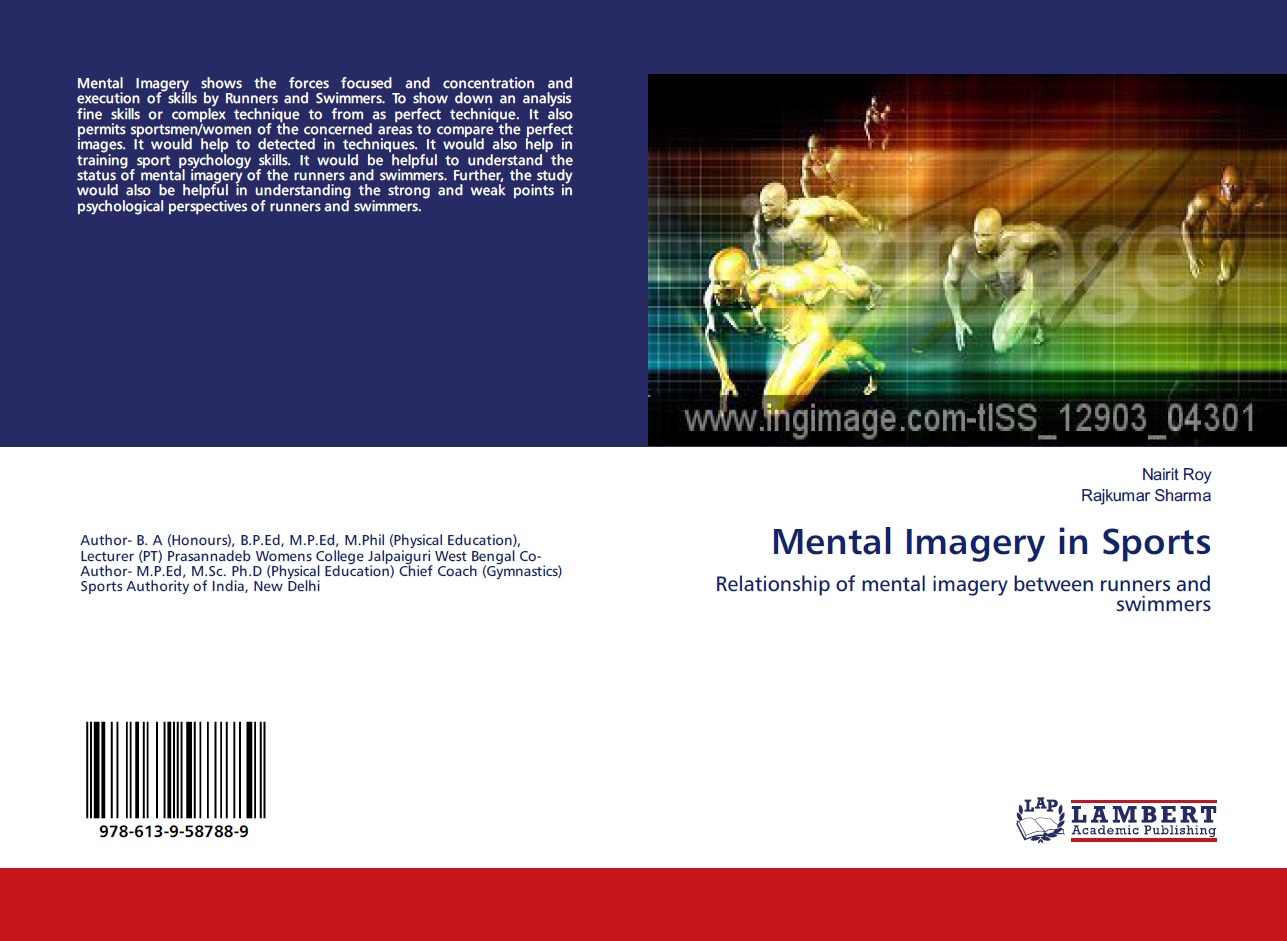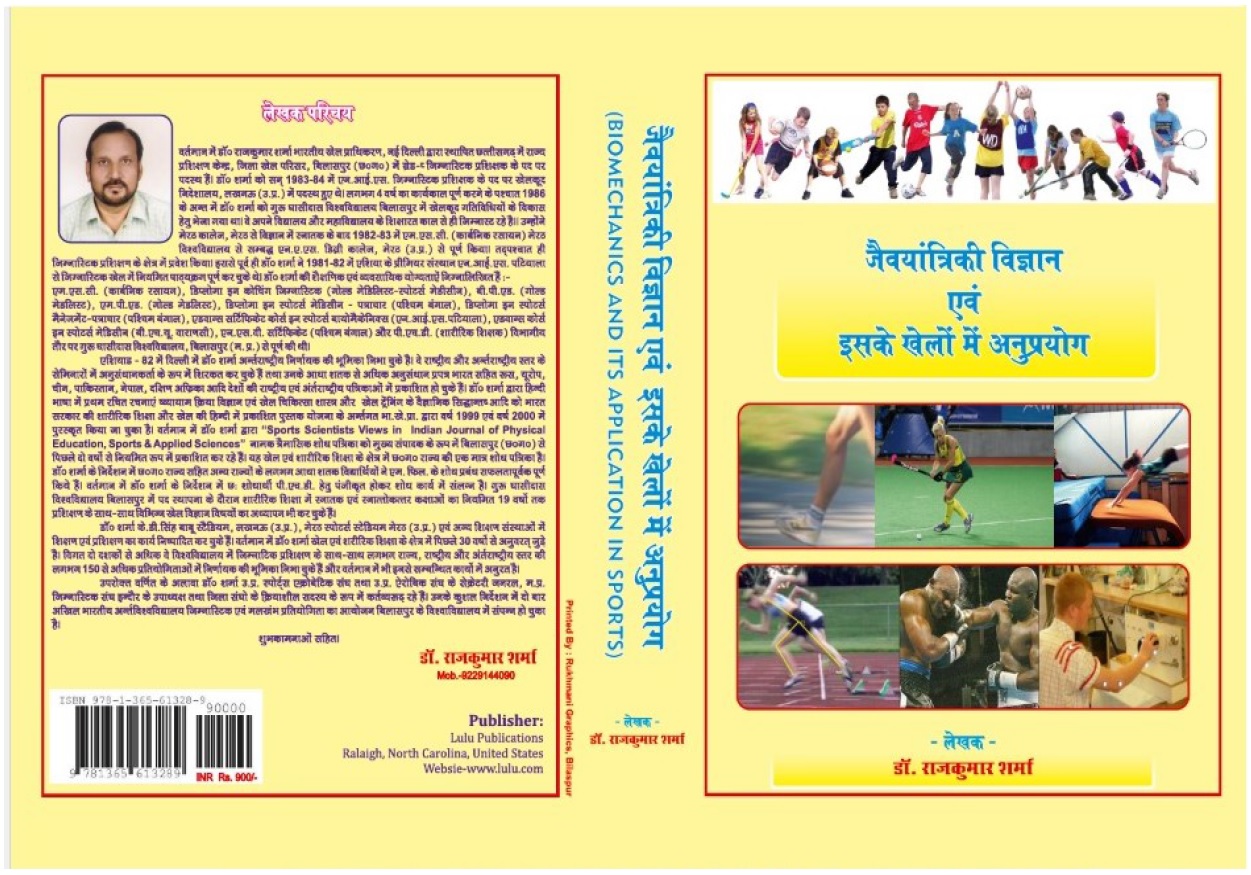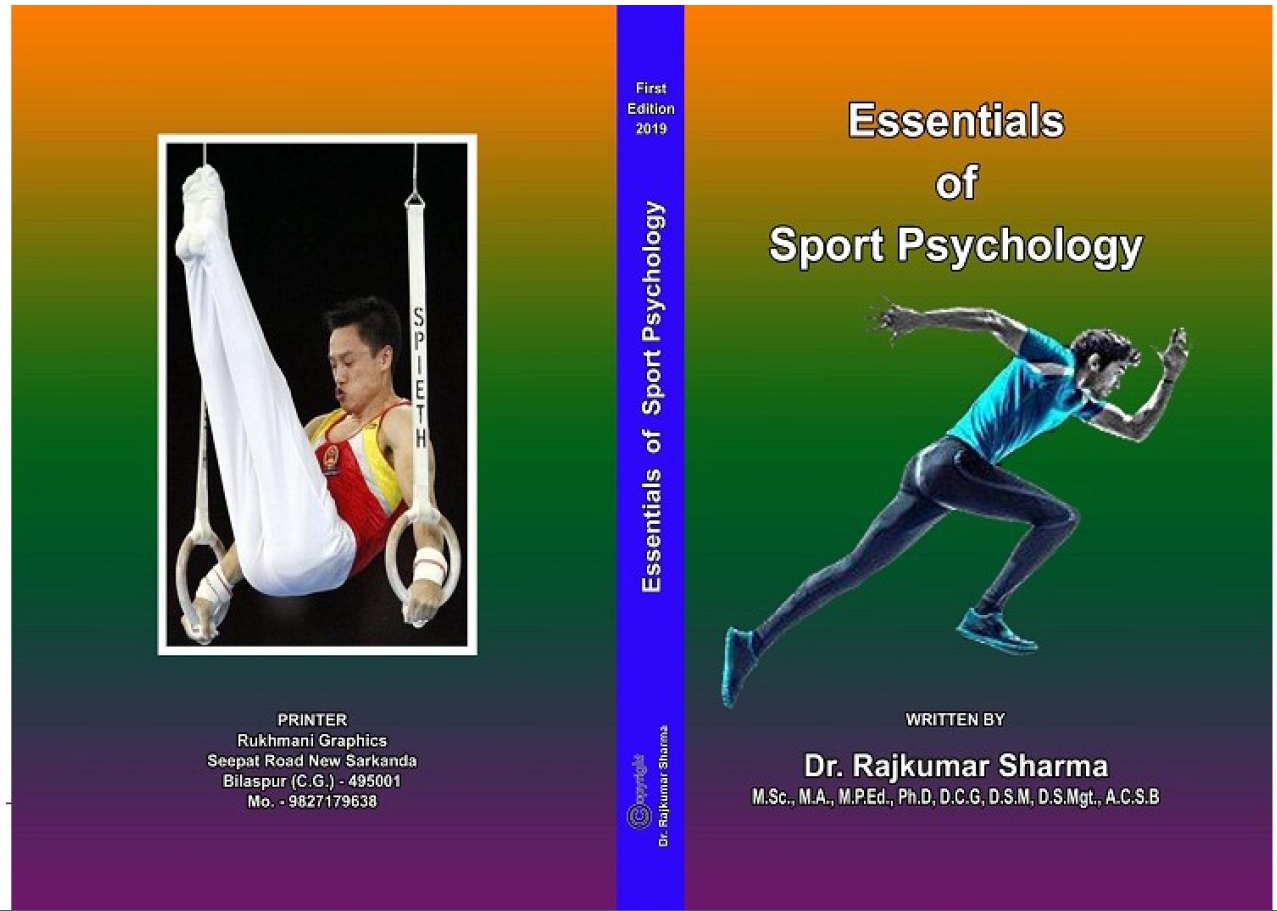| S.No. | Total View Count | Title of Manuscript | Page No | Download/ PDF |
|---|---|---|---|---|
| 1 | A TRADITIONAL GAME OF INDIAN CULTURE : MALLAKHAMB Author: Dr. Rajkumar Sharma | 27-38 |  13 13 |
Article info
doi no.: 05-2016-44975451, DOI Link :: https://doi-ds.org/doilink/12.2022-49489517/IJPESAS/05.2016-44975451/V12/I3/A4
AFFILIATIONS:
1 Former Chief Coah Gymnastic, Sports Authority of India & Honorary General Secretary, Chhattisgarh Mallakhamb Association, Bilaspur (CG) India
Mallakhamb is combination of Yoga, Gymnastics, and Martial Arts. The Exercises of poles of mallakhamb and rope are played against the Gravity during upward and downward movement. Mallakhamb is the name given to a little known style of physical culture practiced in India. Mallakhamb developed in the state of Maharashtra in India and the first reference to it is in the Manasollasa (1135 AD). In 17th century Shri. Balambhatta Dada Deodhar introduced this game to others. There are many types of Mallakhamb as Pole, Rope, Hanging, Niradhar (without support), on cane, on floating platform, Mallakhamb with weapons etc. Mr. Takejamal was the first performer to demonstrate the art of Mallkhamb to Sir. Elphniston (British Resident of Pune). Saptashringi Wani, Nashik & Kothure were the birth place of Mallkhamb. Mallakhamb was originally practiced to develop the strength, agility and flexibility of wrestlers and has now developed into a National Sport of India. In 1962, Gymnastics Federation of India organized the official First National Championships of Mallakhamb at Gwalior (M.P.) as apart of National Gymnastic Championships. In 1968-69, the game of Mallakhamb was introduced in the All India Inter-university Gymnastic Championship. The National Championships of Mallakhamb were organized until 1976 due dissociation of Mallakhamb from GFI, During this Mallkhamb championships, Mallakhamb Federation of India they formed on January 29, 1981. After formation of Mallakhamb Federation (Regd) India,t State Mallakhamb associations were started affiliated with this federation.. Mallakhamb was included in National School Games by School Games Federation of India in 19 years boys and girls age Groups. A total of 35 national championships had been organized by different state of India for different age groups. Maximum number of national Mallakhamb championships were organized in the state of Maharastra followed by Madhya Pradesh., Andhra Pradesh, Uttar Pradesh, U.T (Goa), Rajasthan, Madras, Punjab, Gujrat, Pondichery and Tamilnaidu. It is suggested that the practicing the exercise on Mallakhamb helps to develop flexibility, speed and rhythm, endurance, strength and stamina, speed, reflexes, concentration and coordination of individual, and combat game’s player i.e. wrestling, judo, gymnastics, athletics, horse Riding, and court games etc. But with the phenomenal and ever increasing popularity of mallakhamb in the past few years, there is a shocking lack of research in this specific area.
Keywords: Mallakhamb, Indian Game, physical fitness, Yoga, Gymnastics, and Martial.
References
Avari, B. The Ancient Past: A History of the Indian Subcontinent from C 7000 BC to 1200 AD. London; New York: Routledge, 2007.
Alter, J.S. “Somantic Nationalism: Indian Wrestling and Militant Hinduism.” Modern Asian Studies 28 : 3 (1994): 557-88.
Bal, B.S., Kaur, P.J and Singh, D. “Effects of 6-week rope mallakhamb training on 16speed of movement, vital capacity and peak expiratory flow rate”. Brazilian Journal of Biomotricity. 6 : 1 (2012): 25-32.
Burtt, Jon., Skadada, and Quebec, “Mallakhamb: an investigation into the Indian physical practice of rope and pole Mallakhamb”, Canada
Burtt, Jon. “Mallakhamb: an investigation into the Indian physical practice of rope and pole Mallakhamb” International Journal of the Arts in Society, 5 : 3 (2010): 29-38.
Ferguson, N. Empire: the rise and demise of the British World Order and the Lessons for Global Power , New York: Basic Books, 2004
Ghoshal, U.N and De, S. K. “The Cultural Heritage of India”. Calcutta: The Ramakrishna Institute of Culture, 2, 1962.
India Press.org". Listing of traditional games and sports of India. Retrieved April 1, 200 Retrived from http://sports.ndtv.com/athletics/news/34909-indian-roots-to-gymnastics
Jayasinghe S.R. “Yoga in cardiac health” . European. Journal Cardiovascular. Prevention and Rehabilitation. 11 (2004): 369-375.
Kalarippayatt, “Martial Art of Kerala.” The Drama Review 23 : 2 (1979): 113-24.
Mallakhamb Federation (Regd.) India, Code of Points Edition 2006.
Sharma, Shanti., Mishra, Alok and Sharma, Jaya. “History & Benefits of Mallakhamb”. Physical Education Institute of Barkatullah University Bhopal.(M.P.)India
Mallakhamb. Available from http://www.mallkhamb ape .tripod.com/mallakhamb, 2009.
Mallakhamb ,2009. Available from http://copperwiki.org/index.php.
Mallakhamb - 12th Century Available from http://www.poleexercise.co.uk.
National Mallakhamb Meet for Boys and Girls in Goa from Nov 26, 2009. Available from http://news.oneindia.in/.
Phadke, G. Mallakhamb, 2009 Available from http://video.google.com/
Sheth, D. Sarpagati Available from www.dakshasheth.com.Sjoman, N.E.,2009
Tellles, S., Hanumanthaih, B., Nagarathna, R and Nagendra, H. R. Improvement in static motor performance following yogic training of school children. 1993.
Vijayakar, P and Narayan, V. “Mallakhamb Going Places but not in India.” The Times of India news paper September, 2004.
http://www.collinsdictionary.com/submission/6562/Mallakhamb http://www.mallkhambindia.com/#home
http://www.fitternity.com/article/mallakhamb-fitness-the-ancient-way
http://www.mallkhambindia.com/#home
 admin@sportscientistsviews.com
admin@sportscientistsviews.com

